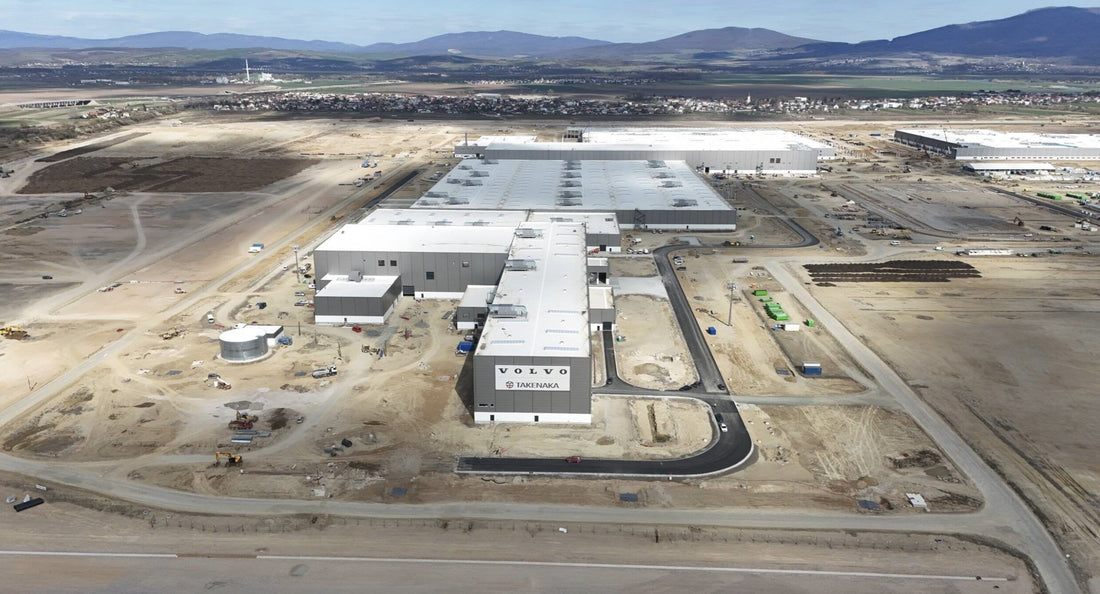
Polestar 7 to be built in Slovakia: Scandinavian cool meets Central European muscle.
Here’s a twist you didn’t see coming: Volvo Cars will be building the upcoming Polestar 7 at its Košice plant in Slovakia. That’s right — the sharpest cheekbones in the EV world are heading east, and no, this isn’t some wild reboot of Eurotrip. It’s a calculated move that blends Swedish minimalism with Slovakian production prowess.

Let’s get the obvious out of the way: Polestar is technically its own thing now, but it still shares DNA with Volvo. And in this case, it’s borrowing a little factory space too. The Košice facility, which starts production in 2026, will be Volvo’s first European plant in over sixty years. You’d expect something big to come out of it — and apparently, that something is going to wear a Polestar badge.
What’s the deal with Polestar 7?
No official details yet (typical Polestar tease), but we do know this: the Polestar 7 will replace the Polestar 2 — the brand’s OG, the car that made people say “Oh wait, Polestar isn’t just a weird trim level anymore?”
With the 7, Polestar wants to keep the momentum going, and by building it alongside future Volvo EVs at Košice, they’ll tap into the same scalable architecture, cutting-edge tech, and sustainable production methods. Expect shared bones, but very different vibes. Think IKEA versus Muji — same minimalist soul, different coffee table.
Why Košice?
Simple. It’s strategic. Central Europe is the autobahn-crossroads of the continent. Volvo’s betting on fast logistics, skilled labour, and proximity to key markets. Plus, the plant is being built to be climate-neutral from day one — part of Volvo and Polestar’s shared ambition to reduce their carbon footprint without sacrificing performance or design.
Also, if you thought “Slovakia” and “car factory” don’t go together, you’ve missed a trick. It’s home to plants from VW, Kia, and Stellantis. The Slovaks know how to screw together a car. Now, they'll be assembling something with Thor’s hammer in the headlights and Google in the dashboard.
What this means for Polestar
It’s a big step. For a brand that started as Volvo’s performance arm, Polestar is growing up fast. The Polestar 3 and 4 are being built in China and the U.S., but now the 7 gets a European passport. This helps the brand hedge its bets in a world of geopolitical ping-pong and supply chain soap operas. It also lets Polestar tap into Volvo’s tried-and-true manufacturing network without starting from scratch.
And for Volvo? It’s the quiet flex of a big sibling who still lets their little brother borrow the car keys. It shows confidence — in the Košice site, in the shared platform strategy, and in Polestar’s ability to shine under a Slovak sun.
Final thoughts
Polestar 7 isn’t just a car. It’s a statement — that the future of Scandinavian electric performance will be built not just in Gothenburg or Chengdu, but in the heart of Europe. It’s part of a larger jigsaw: clean factories, fewer emissions, faster routes to customers, and cars that make Teslas look like the iPhone 6.
So go ahead, Slovakia. Show us what you’ve got. Because if the Polestar 7 turns out to be the sleek, sharp, Google-powered stunner we’re expecting — it’ll be Košice’s coolest export since, well… probably ever.
